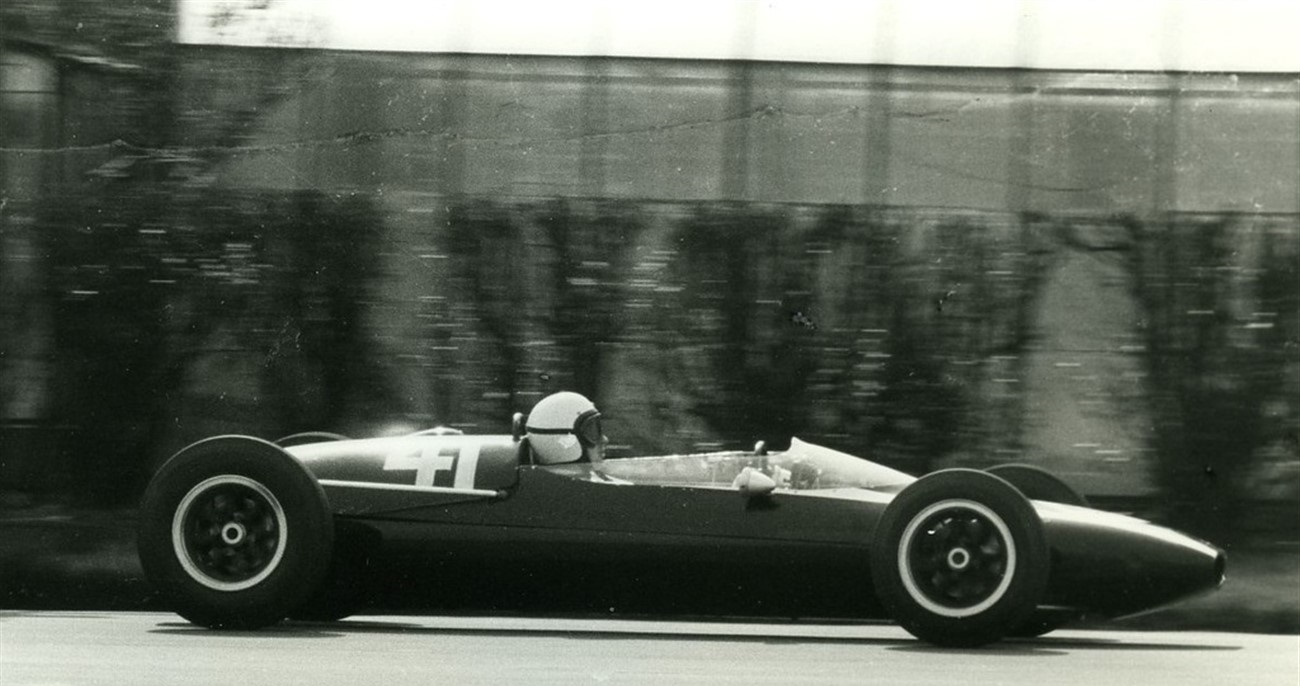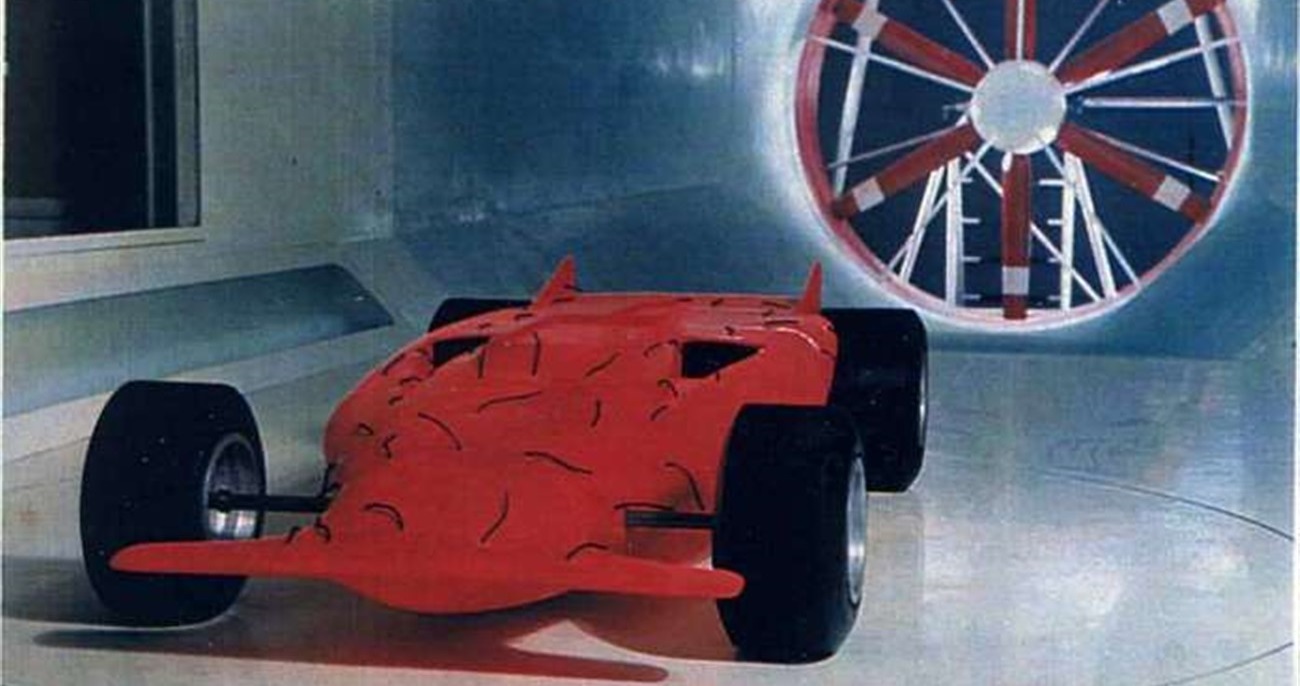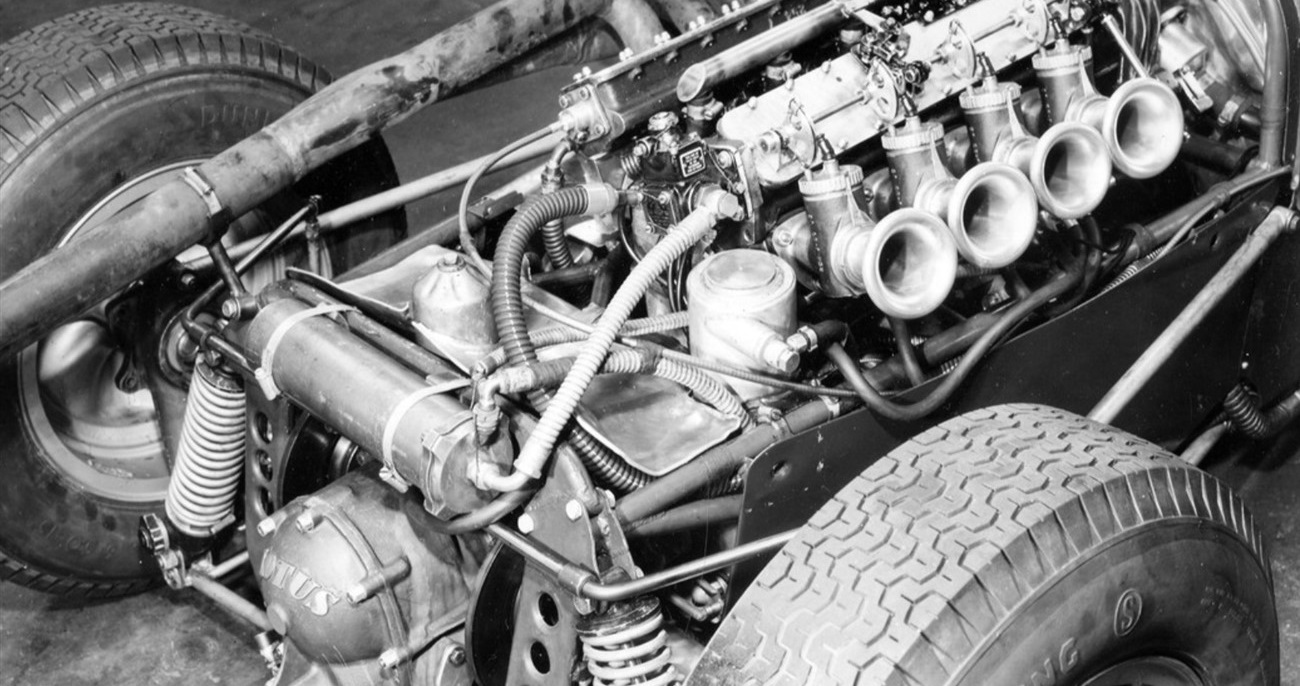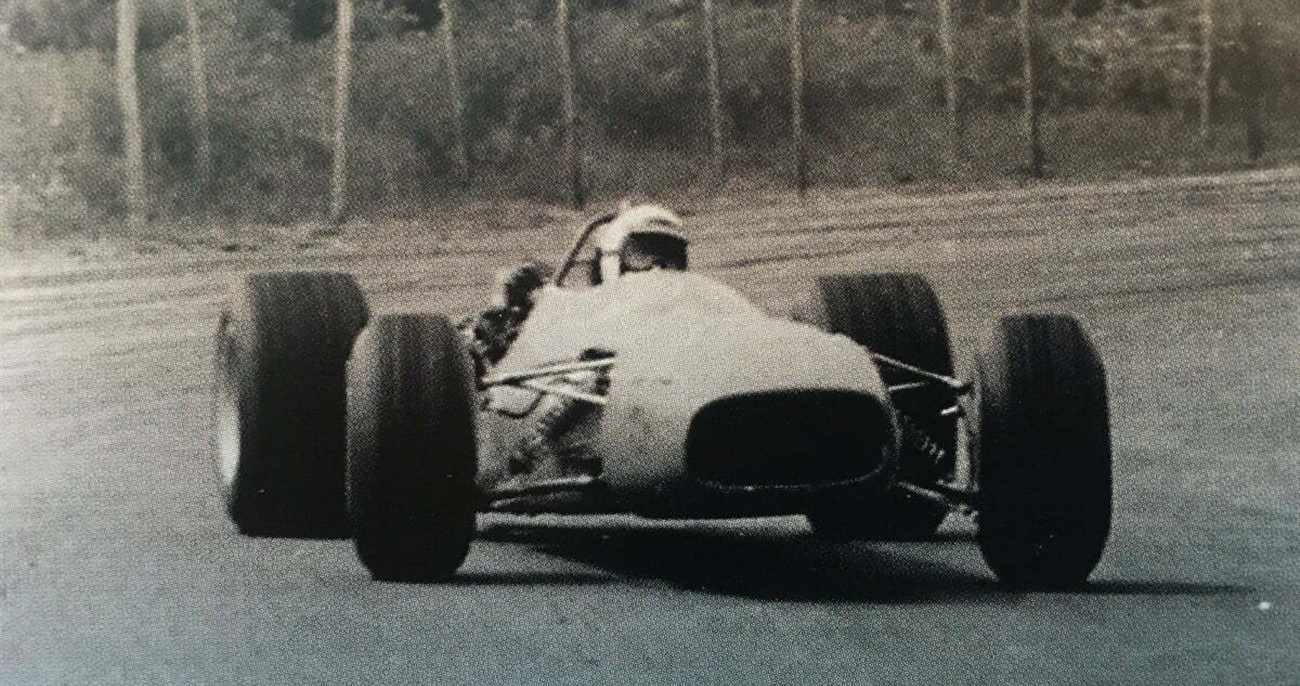Since the early days of Grand Prix racing many attempts were made to enter the Formula One and pre-war Grand Prix era. The period 1885 – 2021 contains over 650 Unraced projects. Every now and then new projects appear on the surface. To share with you all the stories i decided to summarize the stories per year. Don’t you worry, all the stories will be researched and eventually published. This is the summarized overview of the 1967 season.
Abarth F1
In 1964 Abarth appeared with their 232 Formula 2 challenger, which raced in several races. Only a few years later the media announced that Abarth was working on a Formula One car. Ready to debut in 1968 or 1969. The base of the car was the 232 F2 car. As well, the car would be fitted with a 3-litre version of the 2-litre V8 engine. Which once appeared in a sports car. It was announced that one car was build and to debut during the Spanish Grand Prix in 1968 or 1969. Jonathan Williams, at that time a talented Formula 2 driver for Ferrari, was to take place behind the wheel. However, Abarth pulled out of the project and relayed all their focus on the Sport scar program.
Cooper T82 – Climax V8
This is one of the cars I don’t know if it is qualified to be unraced or not. For the Cooper fans, you will say the T82 was a Formula 2 car, not an F1 car. You are right. Originally the car was run the the 1966’s European Formula 2 Championship. The car was fitted with a BRM project 80 engine. The car was entered by Jo Bonnier and his Ecurie Suisse Team alongside his Cooper Maserati F1 car. At the end of the year, the car went back to Cooper and was sold to the American Tom Jones (not the singer) who wanted a F1 car. The car was converted to F1 specifications and fitted with an Climax V8. The car was entered for the Canadian Grand Prix of 1967. However, failed to qualify. Lacking the speed.
Cooper T86C – Alfa Romeo
Cooper T86C is the last Formula one car build by Cooper designed by Derrick White. It was fitted with the Alfa Romeo engine. The car was first seen at Silverstone during a test. Lucien Bianchi took place behind the wheel during the test session, held in early 1967. Soon it was clear the engine lacked power and it was enough for Alfa Romeo to quit with their engine and withdrew. Still the car was entered for the French, Italian and British Grand Prix in the configuration with Alfa. Though, the car did not arrive and eventually Cooper closed its doors. Two years later in the F5000 Fred Place appeared with the Cooper T86C, now fitted with a Ford V8 engine in the F5000.
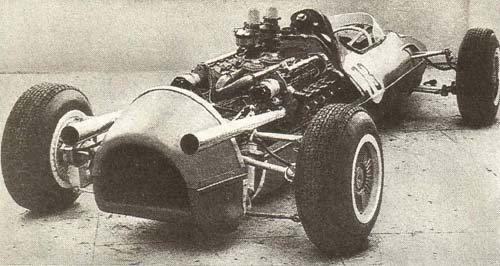
Khadi 8 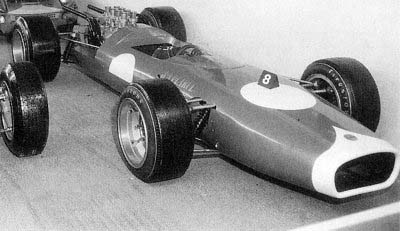
Pearce
Khadi-8
While the cold was on it’s top, the dooms clock almost on 12 o’clock. Most of the regular people were just minding their own business. Trying to make the best out of it. So did the people behind the iron curtain in the USSR. Autosport became more and more popular and so was the interest in the Formula One from engineer and constructors in the USSR. The story behind the Khadi racing cars goes back to 1953 when the Laboratory of High Speed automobiles was stabled by Vladimir Nikitin, a well known race driver on those days in and outside the USSR.
In 1967, the Khadi-8 was designed and the same year the world was able to have a view on the car. As in the Formula One, the car showed the similarities of those days and was announced as the Streamlined Russian F1 Car. Which was more or less correct, compared to the other racing cars in those days. The car was tested at the Chuguevsky airfield by Vladimir Kapsheyev. At that time, he set a 500-meter record in the 5000cc class in this car. He reached a top of 96,7km. However, the car suffered damage. The car would be used for the Khadi-10. What history books failed to record is the fact that a GAZ-M21 engine powered the car. Which produced 340HP.
Pearce-Ferrari and the Pierce-Martin
The origins of the team from Chris Pearce came from the previous year with their Cooper – Ferrari car. For 1967, three cars were built from scratch. The first car was just a prototype while the two other cars were serious attempts and shown to be very quick. The cars were tested at Brands-Hatch. Some races were attempted however problems struck the team. Two of the car were burned down when a fire occurred on the eve of the practice for the 1967 International Trophy. It is a bit of a strange story to write down in a shortened summary. The names are used randomly as well the information that is available isn’t clear at all. I hope that later this year I will have the time to dig into this story.
Serenissima M1AF
In the summer of 1966 something strange or perhaps revolutionary was happen. Whatever you want to call it, it was a fact that Volpi di Musurata and Bruce McLaren joined forces for 1967. During 1966, Serenissima was established and they designed and build their first V8 engine. Plans were big as to use the engine in the Formula One and the Sports Car. The Serenissima would only briefly power the McLaren, while they scored one point McLaren moved to the BRM V12 engines for 1967.
The short-lived relation did not mean the end of Serenissima; in fact, the plan was created to debut in the Formula One with their own team in 1967. Chief Engineer, and former Stirling Moss mechanic, Alf Francis was told to design a Formula One car. Which would use the Serenissima V8 engine. It was said that the engine had now 335HP. Italian coachbuilder Fantuzzi from Modena was asked to build the car. It was said that Carlos Chiti helped Fantuzzi with the aerodynamics. The car was eventually tested at Monza. Eventually the car ended up for sale in 1969 and was purchased by Egon Hoger who did some races with it. He sold the car in September 1972.

